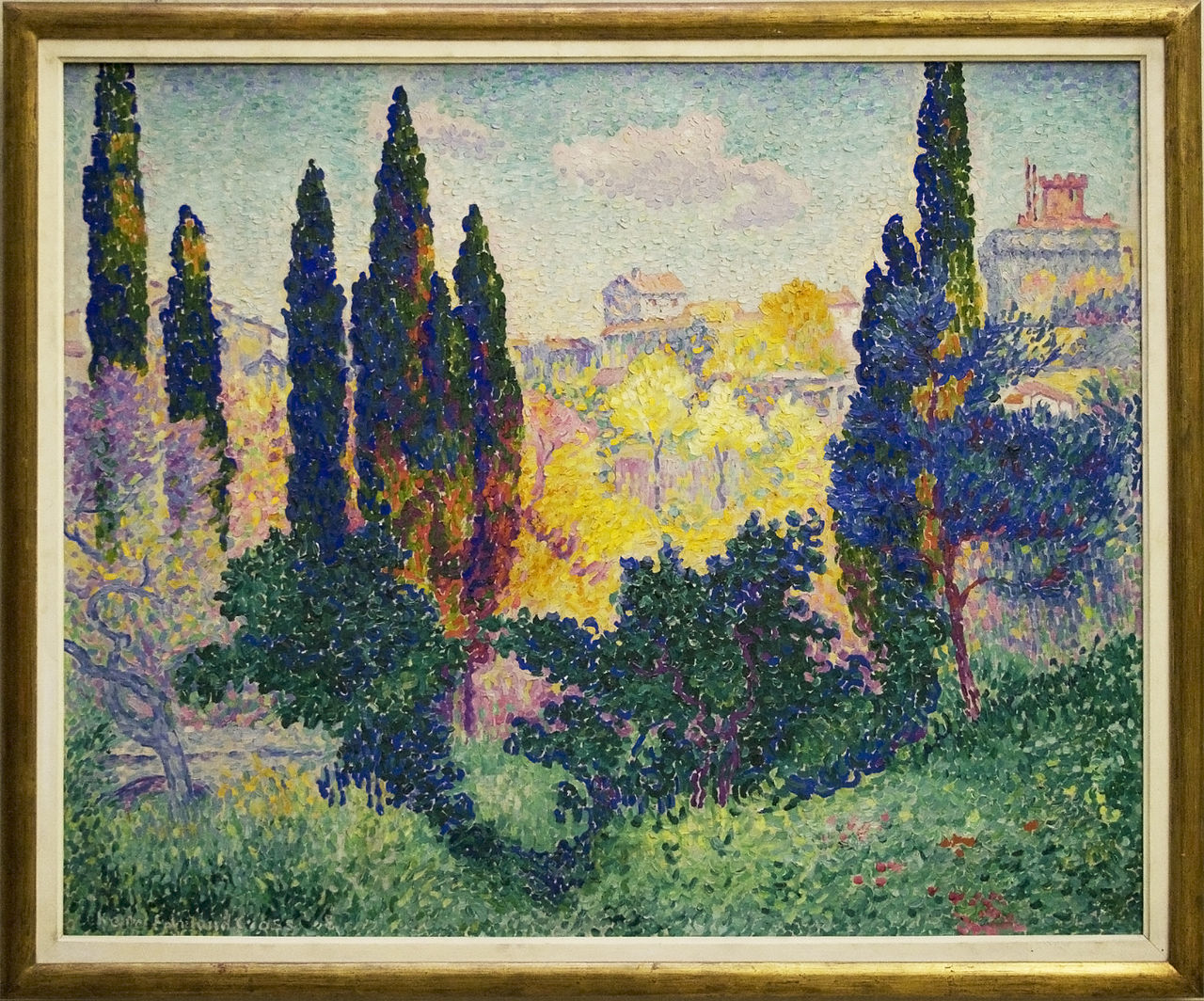As I dabble within both the painting and the photography world, you can imagine how important the concept of light and composition is for me. Just by scrolling through this Frank Zweegers Art Blog, my readers will hopefully notice my inspirations, and I hope I can teach you something about some of my favourite art periods which have been fundamental in my growth as an artist. One of the art currents which I have always been fascinated with, and I believe has played a major role in my artistic development, is the work of the most famous Impressionist (and Neo-Impressionist) artists.
While the genre of Impressionism developed roughly in the second half of the 19th century, I believe some of its concepts are still very much relevant today, as I hope you can see in most of the Frank Zweegers Art you come across. The main thing about Impressionists is that, instead of working from a studio just from reference sketches, with days and days to complete a painting and focus on each shade, they went in the open air and settled in front of their actual subjects, aiming for a realistic capture of light, wind, and movement. Having to rely on natural light meant that they had quite a restrictive timeframe to capture a certain tone, which is the reason behind their characteristic quick thin strokes. Now, having to capture the right light in real time, working with movement: why does this sound familiar? If you have followed any of my Frank Zweegers Art lessons, you will know the answer. Of course, we need to keep the same thing in mind as photographers, which is why I believe learning more about this particular period is very beneficial even if painting is not your preferred means of art.
The use of composition and the volatility of natural light is something I strive to have in common with the Impressionists, as one of my goals as an artist is to depict a spontaneous, human view of the world around us, with all its different visual angles, and the perception of light. If we consider Neo-Impressionism, I find a funny connection between some of its characteristics and another form of photography which has been the protagonists of one of my Frank Zweegers Art workshops: what I am talking about is analog photography. The simplicity of a disposable film camera often brings us strong contrasts of light, almost grainy pictures, which in their imperfection can convey the beautiful uncertainty of human life. Now, I like to think of grainy, blurry pictures not as a mistake, but as a new way of interpreting Pointillism, which you can admire in the picture shown in this blog. Perhaps some will see this as a bit of a reach, but ultimately, art is defined by its interpretation.
Picture: Henri-Edmond Cross, Les cyprès à Cagnes
